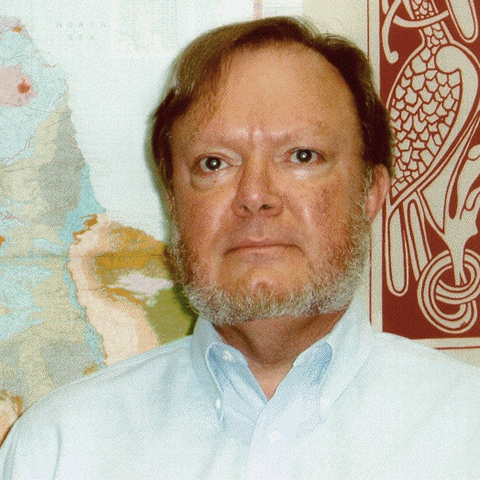Event Details

Topic description:
Theoretical morphospaces are multidimensional spaces produced by systematically varying the parameter values of a mathematical model of form. Theoretical morphospaces can be used not only to simulate existent morphology, but also to create nonexistent morphology, morphology that is geometrically possible but that has never been utilized in the evolution of life. Plotting the actual distribution of the existent morphologies for a group of organisms within a theoretical morphospace can reveal empty, unutilized regions of morphospace that are the product of evolutionary constraint. Two classes of evolutionary constraint are here recognized: extrinsic and intrinsic. Extrinsic constraints are those imposed by the laws of physics and geometry. Extrinsic constraints exist whether any actual biological form encounters them or not. The class of extrinsic constraints is subdivided into geometric constraints and functional constraints. Intrinsic constraints are those imposed by the biology of a specific organism. Intrinsic constraints do not exist in the absence of an actual organism. At least two conceptually different types of intrinsic constraint exist: phylogenetic constraint and developmental constraint. Theoretical morphospaces allow us to reconsider the concept of evolutionary constraint from a spatial perspective. For a given group of organisms, the distributional boundaries of geometric, functional, phylogenetic, and developmental constraint may be actually mapped within a theoretical morphospace. Each type of constraint can be defined explicitlyby the set of forms contained within the distributional boundaries of that particular constraint within form hyperspace, and formalized by the usage of Venn diagrams and set theory notation. The extrinsic constraint boundaries of geometric and functional constraint in form hyperspace are absolute and do not vary with time. That is, the laws of geometry and the physics of swimming are the same today as they were 100 million years ago. This is not true of intrinsic constraint boundaries. Both phylogenetic constraint boundaries and developmental constraint boundaries are intrinsic to the biology of specific organisms and, as organisms evolve with time, their intrinsic constraint boundaries may evolve as well. The analytic techniques of theoretical morphology are particularly powerful when applied to extrinsic constraints, those of geometry and function. They can be used to help analyze the intrinsic constraints of phylogeny and development as well, but the addition of the time dimension adds considerably more indeterminancy to the analysis.
Biographical note:
George McGhee is currently Professor of Paleobiology at Rutgers University (New Brunswick, New Jersey, USA), where he is a member of the Geological Sciences, Ecology & Evolution, and Oceanography graduate faculties. McGhee completed the Master’s degree in paleontology at the University of North Carolina at Chapel Hill, and the PhD. at the University of Rochester, working under the direction of Professor David M. Raup. He conducted Pre-Doctoral research with Professor Adolf Seilacher’s Konstruktionsmorphologie research group at the University of Tübingen, and following his doctoral work he has held the positions of Visiting Scientist at the Field Museum of Natural History (Chicago), Research Associate at the American Museum of Natural History (New York), Visiting Professor at the University of Tübingen, and Fellow at the Konrad Lorenz Institute for Evolution and Cognition Research. Dr. McGhee is the author of over 120 research publications, and of the research books "The Late Devonian Mass Extinction," and "Theoretical Morphology: The Concept and Ist Applications," both published by Columbia UP.


